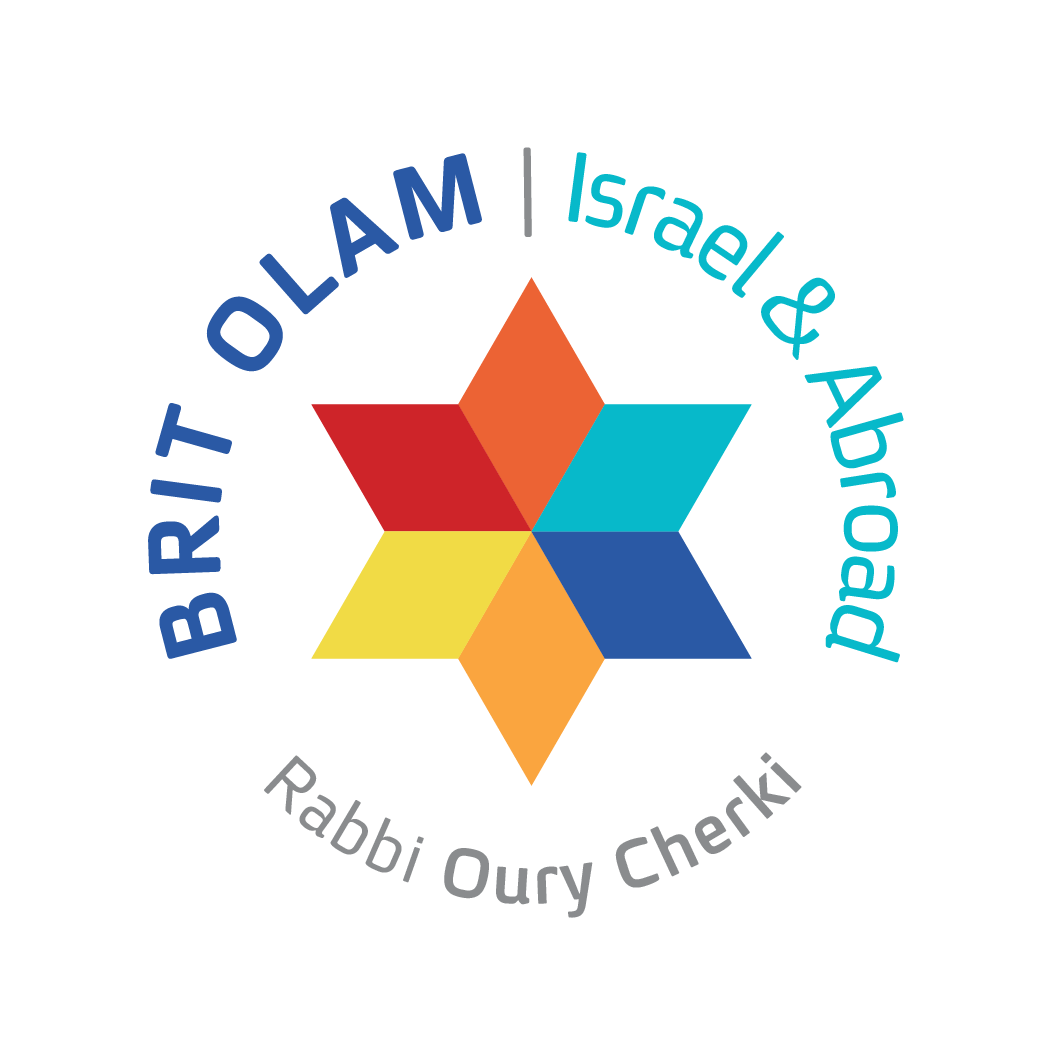Parashat Emor highlights the high-volume sanctity of times and places, listing key Jewish festivals connected to the Temple as discussed in Leviticus. It addresses how Moses communicated these to the Children of Israel, and introduces long-tail concepts like the addition of festivals beyond the Torah's scope. The narrative links the Menorah and the Temple to new celebrations such as Hanukkah, and connects the showbread ritual to Purim, indicating evolving traditions that continue to sanctify time through historical and divine revelations.
Delve into the Torah's narrative symmetry, particularly in Exodus, Leviticus, and Numbers. Examine the Tabernacle's profound symbolism, elucidating the Divine Presence's presence through the symbolism of cloud and fire. Discuss the nuanced exploration of the Divine's temporary and permanent dwelling, offering insights into the spiritual journey of the Israelites as depicted in the Torah's text.
Examining the intersection of Noahide observance and Sabbath customs, the article delves into Hebrew letters' significance in Sabbath labors. It explores how certain letters, when emphasized, strengthen pronunciation, paralleling the Sabbath's sanctity. Drawing from Sefer Yetzirah's teachings, it elucidates the essence of Sabbath sanctity and its application to non-Jewish observance. The article shows how Noahides can engage with Sabbath practices while honoring their unique religious identity.
